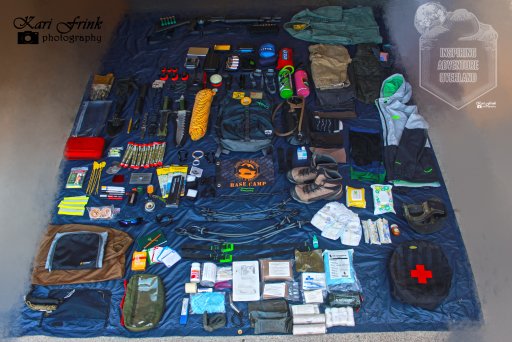 SURVIVAL CONSIDERATION:
SURVIVAL CONSIDERATION:For those of you who consider yourselves or want to be a:
If you think or feel that any of these might apply to you, consider putting together a Bug Out Bag.
We simply call it being prepared! So let's bring it back to a more prevalent situation of sorts, that is relevant to "Overlanding".
HYPOTHETICAL SITUATION:- "Survivalist"
- "Doomsday Prepper"
- "Zombie Apocalypse/Outbreak Survivalist"
- "Alien Invasion Survivalist"
- "Armageddon Survivalist"
- "End Timer"
We simply call it being prepared! So let's bring it back to a more prevalent situation of sorts, that is relevant to "Overlanding".
You and your family are out exploring, you are placed in a situation that requires you to leave the safety of your rig due to any number of reasons.
Please keep that in mind when making the choice to put together your "Bug Out Bag".
With all this being said:
Would you have the gear, supplies, sustenance, and med kit readily available to be taken with you in a moments notice?
NOTE:- Scenarios:
- Rig catches on fire in an uncontrolled manner, which you are unable to put out quickly.
- Rig is on the edge of a cliff in a non recoverable situation without help nearby.
- Natural Disaster that forces you to find shelter such as a Tornado.
- Criminals/Degenerates start shooting up your Rig (You never know!)
- Accident/Situation leaving your Rig without the ability to be driven. That occurs in the middle of nowhere or far enough away from help.
- Whatever may be the specific event that has occurred, it can happen fast! Your decision in certain situations could require you to act IMMEDIATELY and WITHOUT DELAY.
Please keep that in mind when making the choice to put together your "Bug Out Bag".
With all this being said:
Would you have the gear, supplies, sustenance, and med kit readily available to be taken with you in a moments notice?
You should be aware that this "Bug out Bag" is simply to get you through the survival of the next 72Hrs or so. This time frame is based on how long it typically takes Emergency Services once deployed to reach people. This is not a fixed location of supplies, food, and resources. This is for mobile use in a type of evacuation, escape, and survival situation kept in a single or few containers such as Backpacks and MOLE Bags.
Keep in mind these are things you probably take on your trips, however this bag is meant to have these items in it at all times to be prepared for such cases.
BUG OUT BAG (TYPICAL CONTENTS):Keep in mind these are things you probably take on your trips, however this bag is meant to have these items in it at all times to be prepared for such cases.
Before we get into specifics/recommendations for contents to be included in your B.O.B.
There are 5 key categories you should consider when putting together a B.O.B.
CONCLUSION:There are 5 key categories you should consider when putting together a B.O.B.
- Food/Water
- First Aid
- Self Defense Protection
- Shelter
- Clothing
- First and Foremost Non-perishable food (examples: MRE's, dried fruit, crackers, CLIF bars, Mountain House Freeze Dried Food, Canned Goods, Dehydrated Foods) and water for 72HRS. You should pack 2 liters of water per person per day. This is 6 liters of water per person for 3 DAYS. Also a means of water purification is a good item to have. Since your water will be in storage for considerable amounts of time, use Long term water storage additive. However after a considerable period of time swap out the water and repeat the process)
- A Disaster/Survival Guide because not everyone remembers everything, or has had training in survival situations so a guide will do you well to have.
- First Aid Kit [Next to sustenance, it is very important that you have this item. Do not skimp on your selection] North American Rescue is a great and highly reliable medical source for these items.
- Maps of the area you live in (FOR END OF THE WORLD, BAD DAY SITUATION), and situational maps of the areas you will be traveling to. This should include a compass.
- A means of defending yourself, such as a knife/machete, bear mace, nightstick/baton.
- For Those of you who will say a Gun, I agree but remember not every state lets you carry a handgun concealed, plus you don't want to leave your firearm unsupervised in your Bug Out Bag in the Rig all the time. You should keep your firearm either in a safe , on your person (for those of you who have a CCW in an area/state that authorizes it.) or close by in your Rig while you are traveling in it.
- Flashlights (to include extra batteries)
- Fire Starter and or Weather Proof Matches
- Emergency Whistle
- Battery or Crank-operated Radio
- Handheld Communications if desired.
- Extra Socks and underclothing to include breathable Rain jackets or emergency poncho. This is at a minimum for clothing. If you feel the need to be more prepared pack hiking boots/shoes and a set of clothes for warm and cold weather.
- Small Hatchet and or Folding Saw to use for collecting wood for a fire.
- Tampons (For Females) [Not to be used to clot/stuff Bullet puncture wounds]
- Hand Sanitizer and Baby Wipes
- Wipes for bathroom use.
- Waste Bag
- Flares/Glowsticks/Flare Gun
- Multi-tool (such as a Gerber or Leatherman)
- A means of creating shelter: some form a lightweight tarp to keep the rain and elements off you whilst you sleep. If you want to spend the extra money we recommend an ENO hammock to keep you off the ground. They are super lightweight and roll up into a small ball, a must especially in this type of situation.
- 200ft. of Paracord (For assisting in hanging your tarp for shelter.)
- Diapers & Wipes (If you have children that still wear them this is a must.)
- Prescription Medicine (If you or a family member have a medical condition requiring medicine which does not need to be refrigerated. Consider keeping 72HRS of this medicine in your B.O.B.)
- Mechanix's Gloves and or Leather Gloves
- Binoculars (there may be times you will need help visually identifying structures the naked eye might not see that could bring you help and or save you.)
- Rite in the Rain Pen & Paper/Roll of Streamer material to mark your path ( The Paper is for leaving Messages to assist in finding you, should you think you have become seriously lost).
- Sunglasses
- Climbing Rope to include Carabiners that are actually meant for holding the weight of a full grown person. (In the unfortunate case you should need to rappel/climb down a cliff or steep embankment. Please if you are going to take this item have an understanding or receive training on how to properly use this tool to your advantage, so as not to make your situation worse).
- Last but not least Handheld GPS! (If you do not have a handheld GPS, you can use as we have shown a Garmin GPS meant for a vehicle powered by a battery pack will more than suffice. However you should have an actual handheld GPS)
At this point you may be thinking to yourself "Man that is a lot of stuff! How can I fit all that into a backpack?" If you take the time to properly pack these items, storage in one or two backpacks is more than do-able.
When choosing items to purchase for your bag, consider lightweight components. Most of the items listed above do not particularly weigh that much but together they do add up. The extra weight over time can weigh on you, but remember this is about survival for 72HRS. The will power of your mind can either be your best friend or your worst enemy.
Stay positive and set obtainable goals to keep you on track so that you will make it out/stay alive!
Just remember there is no such thing as "The Perfect B.O.B." it is situationally based.
Simply keep in mind the 5 Key Categories we previously listed when choosing what should go in your B.O.B.
GO PREPARED!
After setting out our B.O.B. we realized we ourselves were missing several items we mentioned above. This is a prime example to regularly check your inventory at least every quarter of the year. Another deficiency (in our opinion) we realized is that we want to upgrade our bag to one with a little more volume. Also please note that you can more than easily stow all this gear into 2 separate backpacks to help share the load among your family or friends if you are not traveling solo.
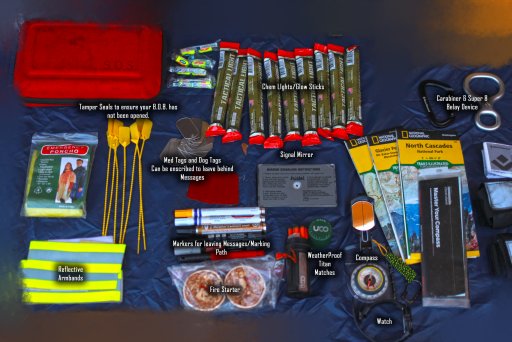
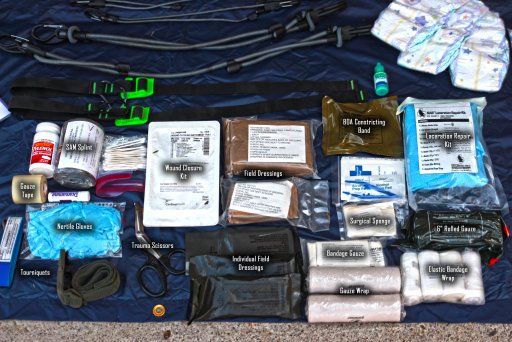
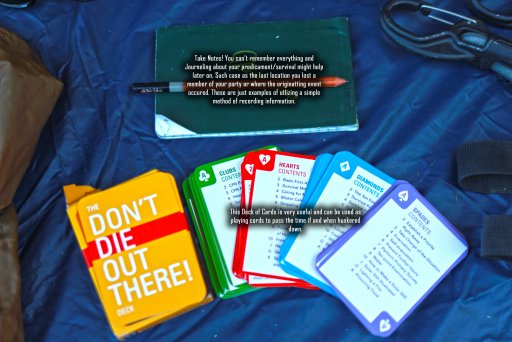
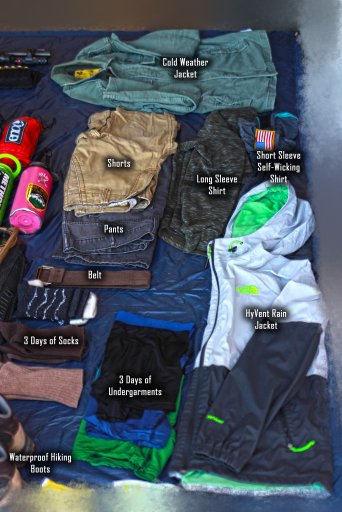
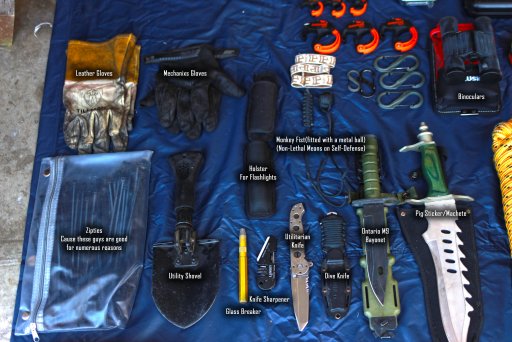
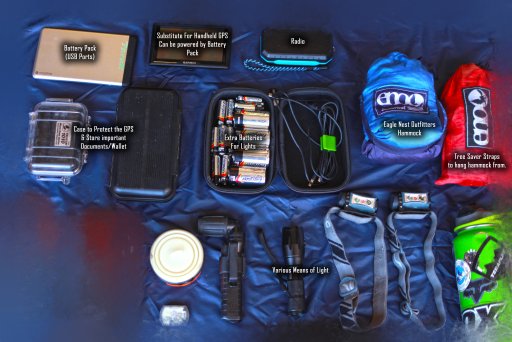
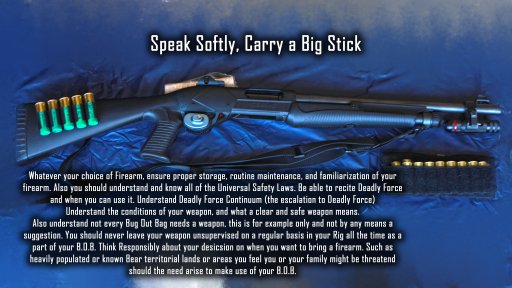
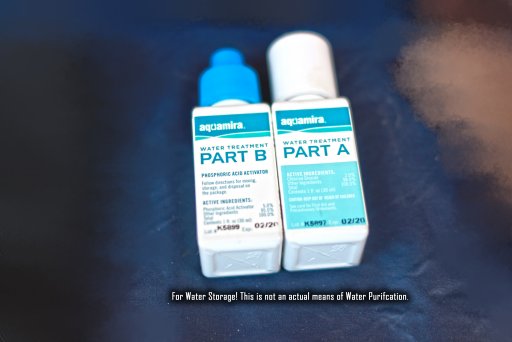
Last edited:












